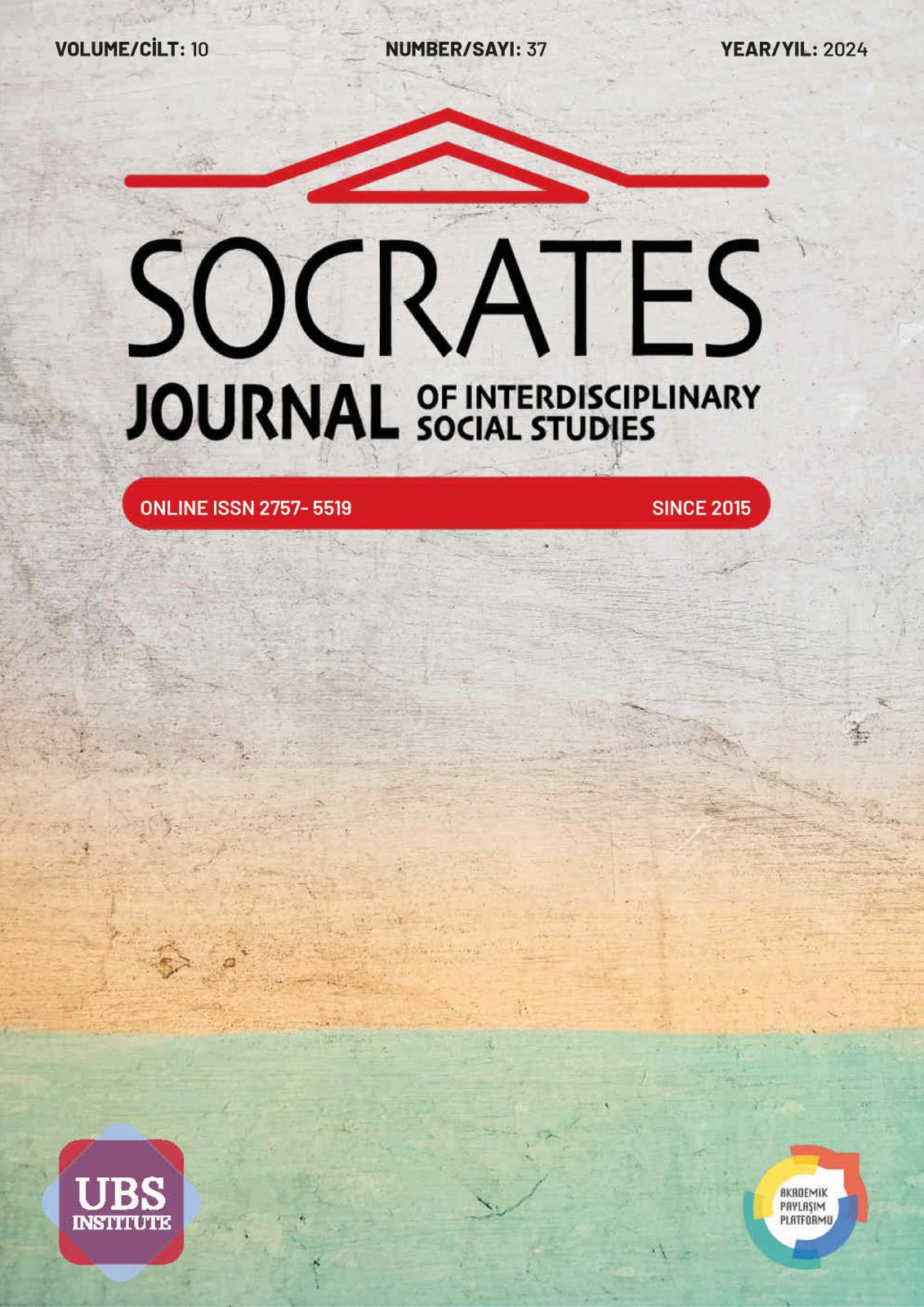SWEDEN AND FINLAND EDUCATION SYSTEMS AND LANGUAGE TEACHING
DOI:
https://doi.org/10.5281/zenodo.10556367Keywords:
İsveç, Finlandiya, Dil, Eğitim, Eğitim Sistemi, Dil ÖğretimiAbstract
Within the scope of the research, Swedish and Finnish education systems and how language teaching is done in these education systems were examined. As a result of the investigations, basic education in Sweden is carried out with a centralized system. Education in Sweden is managed with a management system in line with goals. The government has full responsibility for education and creates the framework for education at all levels. In addition, it is the duty of municipalities to provide education at basic, secondary and adult education levels and to operate schools. Universities and university colleges are responsible for delivering and operating tertiary education. The national framework consists of laws and rules on schools, curricula, objectives and curriculum. Some responsibilities, especially regarding the monitoring and evaluation of the system, have been transferred to government-affiliated organizations. Changes in the social, political and economic fields in Sweden since the 1990s have affected the country's education system. The influence of ideological values is especially seen in language education. Discussions about linguistic diversity are constantly on the agenda. With the reforms made, it is aimed to raise students who can adapt to the digital age, use different communication tools effectively, and communicate with their immediate environment and the world, based on the development of mother tongue education students' understanding and expression skills.
Basic education in Finland starts at the age of 7. After this education, the student can continue general secondary education or vocational schools. Finnish education system; nine-year basic education, secondary level education, higher education level and adult education. Schools are open five days a week and education continues until June. From birth to age 6, children attend child care centers or private nursing homes. Preschool education has been free since 2001. 95% of children receive pre-school education. Basic education starts at the age of 7, but children who receive the necessary proficiency certificate can start at the age of 6. Local governments assign a school to a location close to the student's residence, but families can also choose a school under certain conditions. Quality, efficiency, equality and globalization are the keywords in Finnish education policy. The main purpose of language teaching, which is called mother tongue and literature teaching in Finland, is to arouse children's interest in language, literature and communication. Becoming a part of society starts with learning the language of the society. Opportunities should be provided to help the child gain identity and self-esteem. The child must take active and ethical responsibility for language.
References
Aydın, H. (2013). Dünyada ve Türkiye’de çokkültürlü eğitim tartışmaları ve uygulamaları. Ankara: Nobel Akademik Yayıncılık.
Demirtaş, T. (2013). Anadili öğretim programlarının temel özellikleri. Dünyada Anadili Öğretimi Program İncelemeleri. (Editör: H. Yaman). Ankara: Pegem Akademi.
EACEA. (2012). Avrupa’da okullarda dil öğretimi üzerine temel veriler. http://eacea.ec.europa.eu/education/eurydice, 12.12.2023.
İsveç, R. (2013). İsveç hakkında bilgi. http://www.nkfu.com/isvec-hakkinda-bilgi/ 19.11.2023.
OECD. (2007). PISA 2006 Science Competencies for Tomorrow's World. from http://www.pisa.oecd.org, 02.12.2023.
Sahlberg, P. (2007). Education policies for raising student learning: the Finnish approach. Journal of Education Policy, 22(2), 147-171.
Tümerkan Albayrak, E. ve Birinci, M. (2017). Sosyal Devlet Modelleri: Sosyal Demokrat Model, İsveç-Norveç Örneği. Journal of Social Work, 1(1), 64-100.
Downloads
Published
How to Cite
Issue
Section
License
Copyright (c) 2024 Socrates Journal of Interdisciplinary Social Studies

This work is licensed under a Creative Commons Attribution 4.0 International License.


